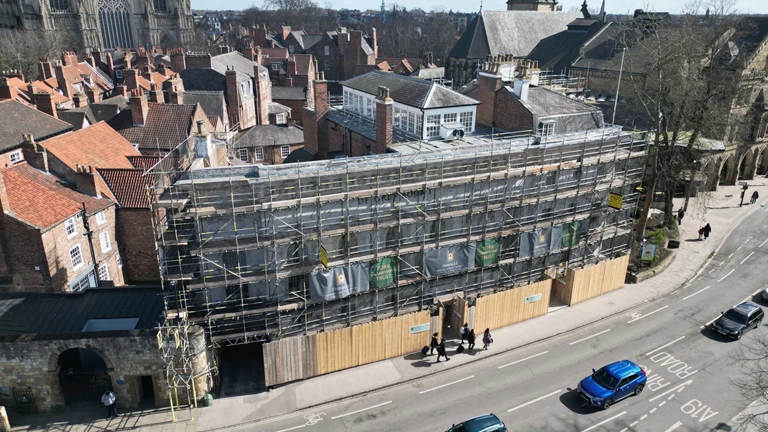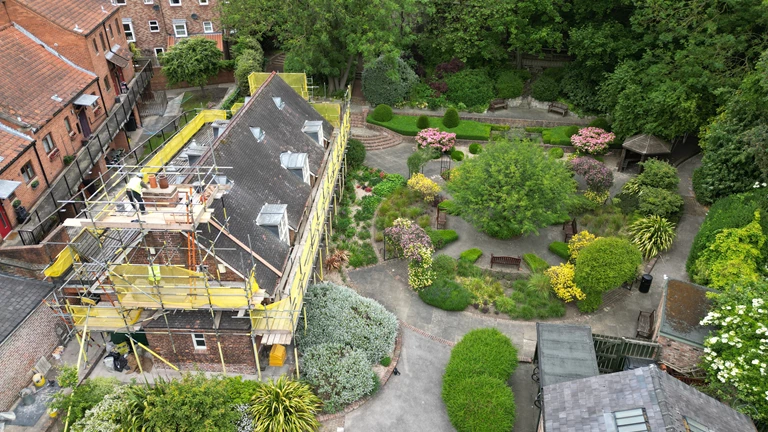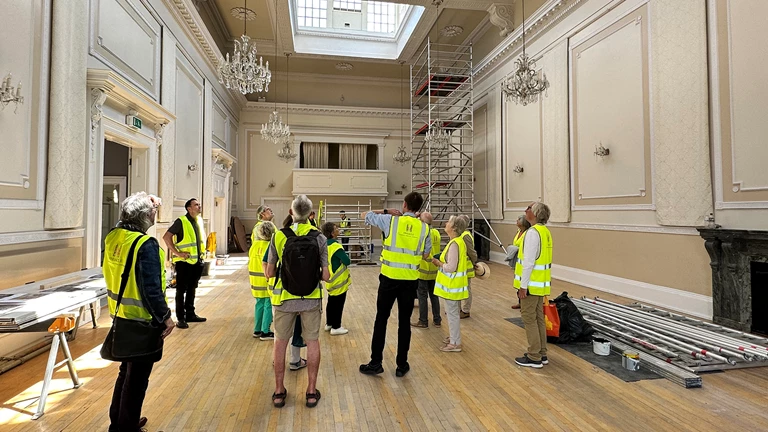


Learn about our guiding conservation principles, which inform our work across conservation, repairs, restoration and intervention.
Today, the principles that underpin conservation of the built environment are well developed and understood.
Although currently expressed in more contemporary language, these principles are the same as those of Dr John Bowes Morrell and Cuthbert Morrell when they decided to save many significant buildings in York by establishing Ings Property Company in 1945.
As well as historic significance, the long-term ability of historic buildings to "earn a living", so that they could be maintained and periodically overhauled to meet changing demands, was also crucial.
We also support, and regularly refer to, Historic England’s way of thinking about the values that make a building 'significant':
Good management and regular maintenance of buildings reduces the need for repairs. We have recently increased the capacity of our small staff team in order to achieve this. We seek to:
Repairing defects is preferred to restoration. Our approach is to:
Restoration is acceptable as an alternative to new interventions, subject to detailed research. We consider:
Intervention is new construction that alters or extends a building. We are not against interventions that complement an historic building and extend its viable use. We advocate that:
*“The most important places in England are listed.” Historic England
Buildings are not the only things listed as significant. Historic England lists battlefields, shipwrecks, parks, gardens, monuments and more.
Learn more about Historic England and its role in the conservation of the nation’s heritage.